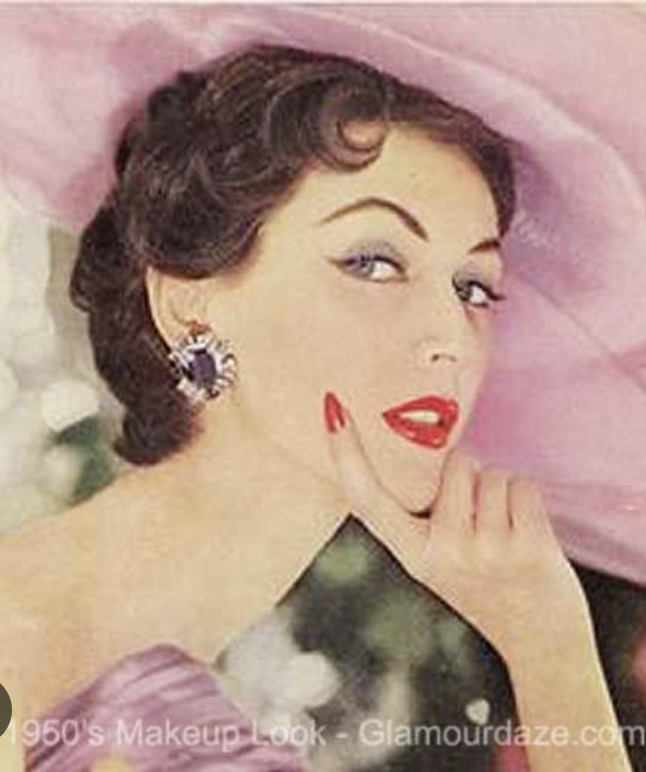The Evolution of Makeup Artistry: From Ancient Times to Modern Trends
Makeup artistry is a timeless craft that has evolved significantly over centuries, shaping and reflecting the cultures, values, and aesthetics of societies around the world. This rich history not only provides fascinating insights into human behavior and societal norms but also continues to influence modern makeup trends and practices.
Ancient Beginnings: The Origins of Makeup
The history of makeup dates back to ancient civilizations, where it played a crucial role in daily life, religious rituals, and social status.
Egyptian Era: The ancient Egyptians are often credited with pioneering many makeup practices. They used kohl to line their eyes, not just for beauty but also for its believed protective properties against the harsh sun and evil spirits. Cleopatra, a beauty icon of her time, was known for her elaborate makeup routines, using crushed beetles for red lips and malachite for eye shadow.
Mesopotamia: In Mesopotamia, both men and women used lip color, made from naturally occurring minerals and plants, to signify status and wealth. They also used foundation and blush, highlighting their desire to enhance their natural beauty.
Ancient Greece and Rome: The Greeks and Romans embraced makeup, although their approach was more about achieving a natural look. They used white lead and chalk to lighten their skin and berries to stain their lips. Romans also used saffron and other herbs for eyeshadows, emphasizing their love for vibrant colors.
The Middle Ages and Renaissance: Symbolism and Sophistication
Middle Ages: During the Middle Ages, makeup's popularity fluctuated due to varying religious and cultural beliefs. While it was sometimes seen as vain or immoral, noblewomen still used rudimentary cosmetics to enhance their appearance, often in secret.
Renaissance: The Renaissance period marked a revival of interest in beauty and cosmetics. Pale skin was highly prized, leading to the widespread use of white lead-based foundation, despite its toxicity. Red lips and cheeks became fashionable, achieved through natural dyes and plants. This era also saw the introduction of more sophisticated tools and techniques, setting the stage for future advancements.
18th and 19th Centuries: Extravagance and Innovation
18th Century: The 18th century, particularly in France, was a time of extravagant makeup and fashion. Both men and women of the upper classes adorned themselves with heavy white powder, bright red blush, and elaborate beauty marks made of silk or velvet patches. This period was characterized by the theatrical and often excessive use of cosmetics.
19th Century: The 19th century brought a shift towards more natural beauty standards, influenced by Queen Victoria's distaste for heavy makeup. Women began to favor subtle enhancements, using home remedies like beet juice for lip tint and burnt matchsticks for eyeliner. The invention of new beauty products, such as the first commercial mascara by Eugène Rimmel, started to shape the modern makeup industry.
20th Century: The Birth of Modern Makeup
The 20th century saw a revolution in makeup artistry, driven by Hollywood, technological advancements, and changing societal norms.
1920s: The flapper era brought bold makeup trends, with dark kohl eyeliner, bright red lips, and rouged cheeks becoming popular. This period also marked the rise of major cosmetic brands like Max Factor and Maybelline, making makeup more accessible to the general public.
1950s: The post-war era celebrated feminine beauty with icons like Marilyn Monroe and Audrey Hepburn. The focus was on flawless skin, defined brows, and red lips. Innovations in product formulations and packaging made makeup easier to apply and more long-lasting.
1970s-1980s: The makeup trends of the 1970s and 1980s were characterized by experimentation and self-expression. The disco era embraced glitter, bold eyeshadows, and glossy lips, while the 1980s saw vibrant, high-impact looks with bright colors and dramatic contours.
21st Century: Diversity and Innovation
Today, makeup artistry continues to evolve, embracing diversity, inclusivity, and sustainability. The influence of social media, beauty influencers, and technology has democratized beauty standards and brought innovative products to the forefront.
Current Trends: Modern makeup trends are all about versatility and personalization. There is a significant focus on skincare-infused makeup, natural and dewy finishes, and bold, artistic expressions. Brands are also prioritizing eco-friendly practices, offering cruelty-free, vegan, and sustainable products.
Technological Advancements: The integration of technology in makeup artistry is transformative. Augmented reality apps allow users to try on makeup virtually, and advancements in formulations provide high-performance, multifunctional products.
Conclusion: The Ever-Evolving Art of Makeup
The history of makeup artistry is a testament to humanity's enduring desire to enhance beauty and express individuality. From ancient rituals to contemporary innovations, makeup has always been more than just a cosmetic practice; it is a cultural phenomenon that mirrors the changing tides of society. As we move forward, the art of makeup will undoubtedly continue to evolve, blending tradition with innovation to shape the future of beauty.
Egyptian Era Makeup
Renaissance Era Makeup
1950’s Era Makeup



